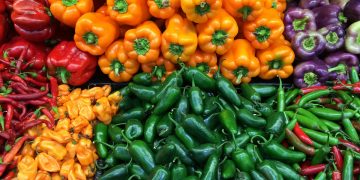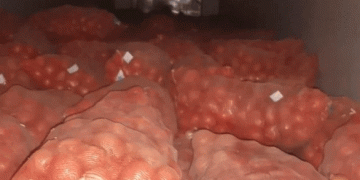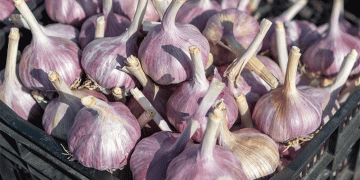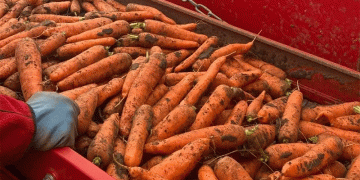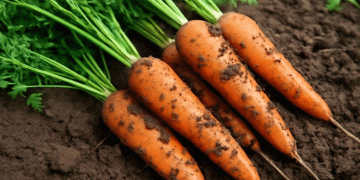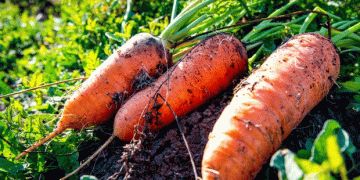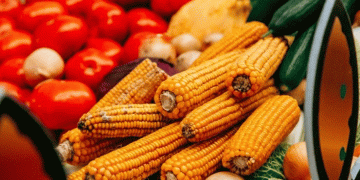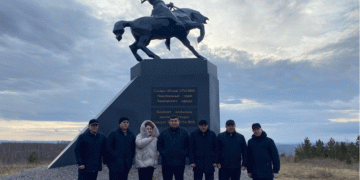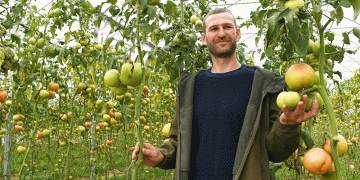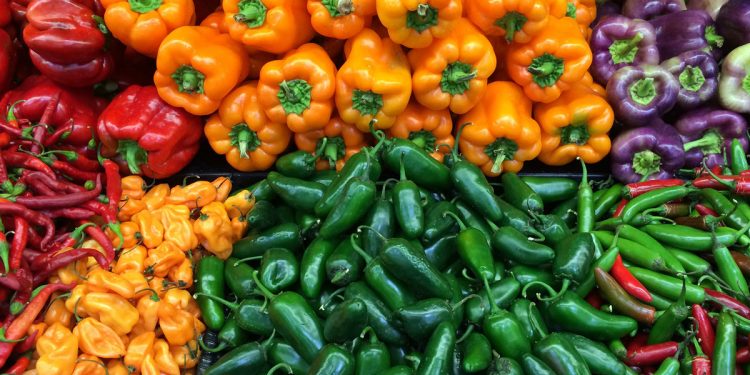Operational Costs and External Factors Drive Price Increases
In Ghana, peppers play a crucial role in local cuisine, adding a distinctive flavor to everyday meals. Recent market observations, particularly at the Mallam market, have highlighted a significant increase in pepper prices. This rise is primarily attributed to escalating operational costs rather than vendors seeking higher profit margins. Currently, a bag of red pepper is priced at 4,000 GHS, while green pepper stands at 2,300 GHS.
Vendors, including Amina from the Mallam Market, point to transportation as a major cost factor. The process involves traveling to farms, negotiating with farmers, and managing logistics to bring the peppers to market. These transportation costs are compounded by expenses related to storage and handling, which are necessary to maintain the freshness of the peppers and prevent spoilage. Additionally, operational expenses such as stall rentals, utilities, and labor contribute to the overall pricing structure.
External factors such as weather conditions and market demand also play significant roles in price adjustments. Adverse weather can negatively impact crop yields, leading to scarcity and subsequent price hikes. Furthermore, economic variables like inflation and currency fluctuations affect the cost of agricultural inputs, with these increases being passed along the supply chain from farmers to consumers.
The situation underscores the complex interplay of factors influencing agricultural prices in Ghana. For farmers, agronomists, and industry stakeholders, understanding these dynamics is essential for navigating the market and making informed decisions. Enhancing logistical efficiency, investing in better storage solutions, and implementing effective cost management strategies are crucial steps toward stabilizing prices and ensuring the sustainability of the pepper market in Ghana.
